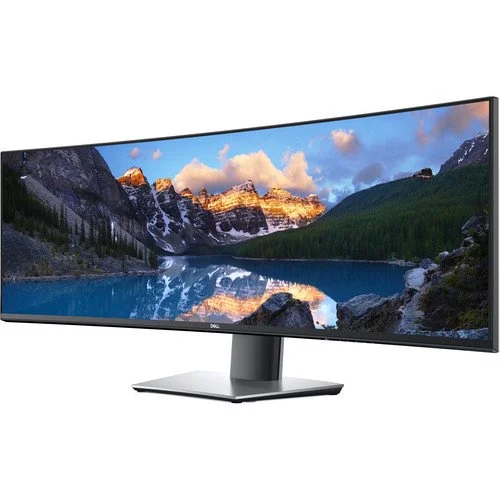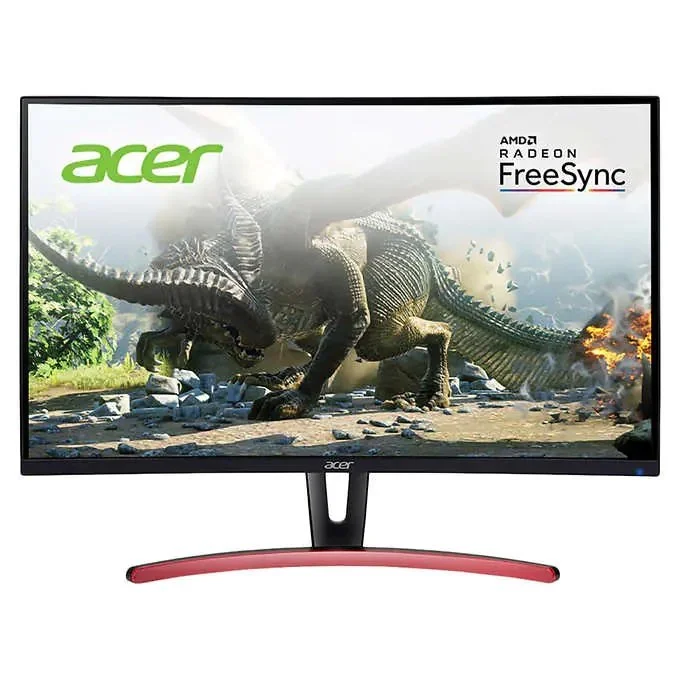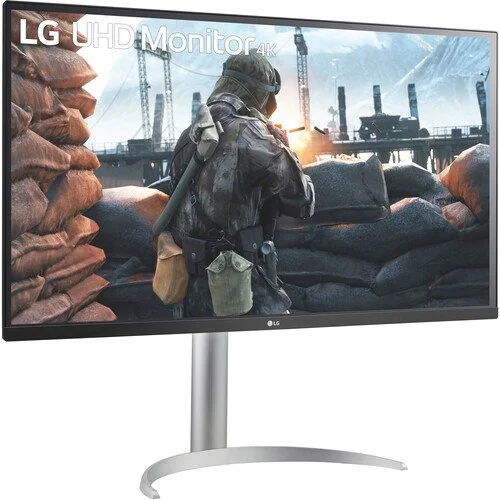How to shop for a gaming monitor for your PC
Shopping for a gaming monitor requires a lot of research, especially if you want to immerse yourself in a visually stunning gaming experience. Simply put, you need to purchase a high-quality gaming monitor.
The market provides several options that run into the thousands, designed with contrasting features. With that said, I'll make your shopping experience a lot easier by providing a guide that will help you understand the basics of choosing the right gaming monitor for your gaming PC.
Key features you should consider
When shopping for a gaming monitor, you should consider the following features, which may seem overwhelming to the less knowledgeable consumer. However, each feature is essential depending on what you're looking for. They are screen size, resolution, FreeSync and G-Sync, and color gamut. So let's go over these features.
Consider Screen Size
According to published reports by retailers, consumer preference regarding gaming monitor size ranges from 24-27-inches. Some prefer much bigger ultrawide monitors measuring 32-inches. Take into consideration that larger monitors can affect your peripheral view. So you'll have to sit at least 3 feet from the screen. Remember, depending on the brand, the larger the display, the higher the price point.
This Dell display is immensely large at 49-inches with over kill high resolution at 5120 x 1440
Consider the resolution
Even the not tech savvy consumer knows that high resolution means you will get quality images on display. With gaming monitors, the ideal resolution is 2560 x 1440 (WQHD), with pixel density measuring 109 per inch. These measured spec numbers give you excellent display space and detailed imagery without scaling. However, you should know monitors with maxed-out resolution equates to an expensive price tag. For example, a gaming monitor with a resolution as high as 2560 x 1440 (WQHD) costs more than a standard 1920 x 1080 (Full HD) unit.
Consider the refresh rate
Aside from the resolution, the refresh rate also defines a quality gaming monitor. From a technical standpoint, the refresh rate is how many times a monitor or TV refreshes. The higher the refresh rate, the more fluid the images move in the display.
Most gaming monitors require a 60Hz refresh rate. But for serious visually stunning gaming, it is recommended that you purchase a gaming monitor with a 144Hz refresh rate or higher. I posted a video ( courtesy of WASD.ro) showing how various refresh rates appear to the eyes.
Consider the FreeSync and G-Sync
Most gaming monitors are embedded with G_Sync and FreeSync software. It's an adaptive software that provides users with a variable refresh rate—allowing the gaming monitor to change its refresh rate dynamically—eliminating any form of screen tearing or stuttering.
You see that? A monitor with FreeSync software
Both adaptive software functionality is the same but is compatible with different GPUs. For example, FreeSync is compatible with AMD GPUs. In comparison, G-Sync is compatible with NVIDIA GPUs.
Consider the Color Gamut
The color gamut is the number of colors a gaming monitor can deliver. The more colors a gaming monitor can produce, the more vibrant the images. However, gaming monitors on the market have a different range of colors. The minimum color gamut on any gaming monitor is close to 100% sRGB coverage.
This 32-inch LG monitor has a 90% color gamut.
So when you're shopping for a gaming monitor, lean towards getting a display with a high color gamut percentage (NTSC). High percentage guarantees that the monitor will deliver accurate colors.







